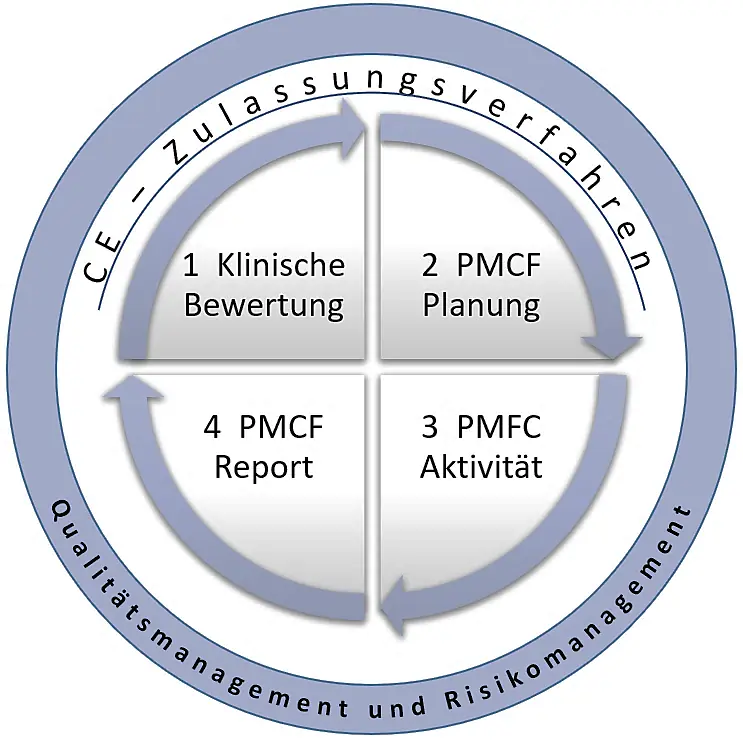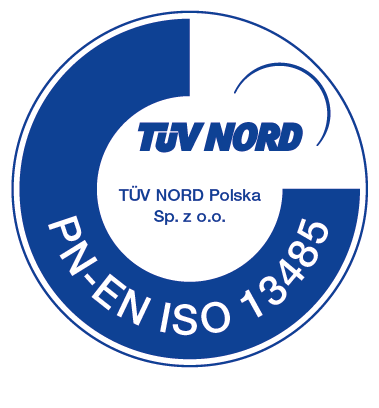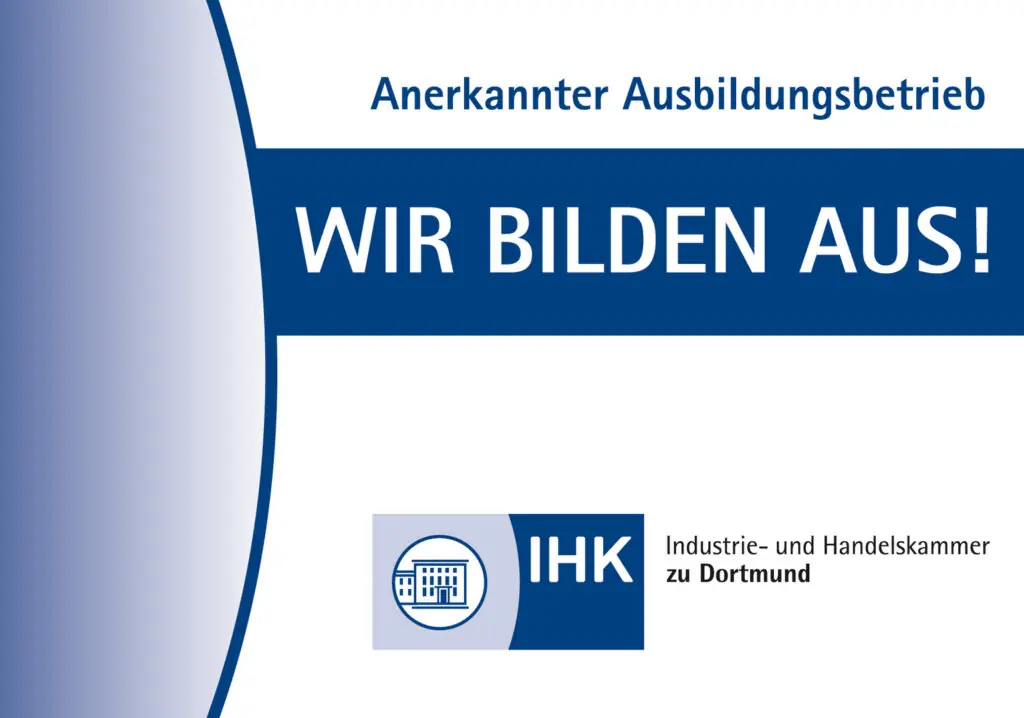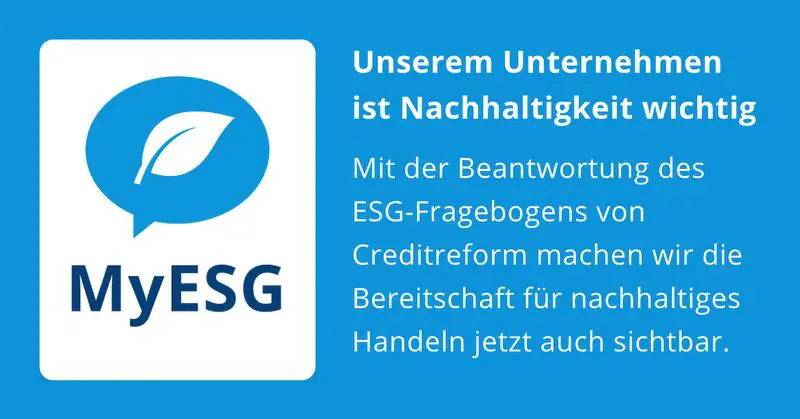Post-Market Surveillance & Monitoring
Post-Market Surveillance (PMS) & Post-Market Clinical Follow-Up (PMCF) – Regulatory Background
If you intend to enter the European Economic Area (EEA) with your Medical Device, Post-Market Surveillance (PMS) and Post-Market Clinical Follow-Up (PMCF) are mandatory requirements under the European Medical Device Regulation [1]. These requirements apply to all classes of medical devices and are integral to ensuring ongoing compliance, safety, and performance after CE Marking.
Post-Market Surveillance (PMS) is a proactive and systematic process designed to collect and analyze data from Medical Devices already in use on the market. The goal is to derive Corrective and Preventive Actions (CAPA) and maintain patient safety.
Post-Market Clinical Follow-Up (PMCF) is a key component of the PMS plan. It refers to the ongoing collection and evaluation of clinical data after CE marking. This helps continuously update the clinical evaluation and supports evidence-based confirmation of the device’s safety and performance throughout its expected lifetime. This process must be documented within your Quality Management System (QMS) and follow a structured and traceable methodology.
The aim of PMCF activities is to use the product within the scope of its intended purpose and to demonstrate its safety and performance over its lifetime. The aim is to uncover and assess any unknown risks to ensure that these risks are acceptable.

Post Market Surveillance (PMS)
The Post Market Surveillance Plan must outline how you systematically collect and evaluate relevant post-market information. It should include:
- Data on serious incidents, as well as information from the safety reports and safety corrective measures in the field
- Records of non-serious incidents and adverse events
- Identification and evaluation of emerging trends
- Analysis of relevant scientific literature, registries, and databases
- Feedback from users, importers, and distributors
- Publicly available data on equivalent or similar Medical Devices
The objective is to identify and minimize risks, continuously assess device performance, and update Technical Documentation and Risk Management where necessary.
Post Market Clinical Follow-Up (PMCF)
The PMCF is part of the Post-Market Surveillance System. The implementation of a PMCF includes the proactive collection and evaluation of clinical data by the manufacturer from the use of a product that has already been CE marked. The collection of clinical data represents a demarcation from PMS. The purpose of PMCF activities is described in the following terms:
- Confirming the safety and performance of the Medical Device throughout the entire product life
- Identifying previously unknown and undetected side effects or contraindications
- Risks based Monitoring on empirical evidence and evaluating
- Continuously ensuring the justifiability of the risk-benefit ratio in connection with the use of the Medical Device
- Identify possible systematic misuse of the device to confirming the appropriate intended use
PMCF activities must be documented in a PMCF Plan, following the structure outlined in MDR Annex XIV, Part B. Depending on the device, PMCF may involve:
- Structured clinical data collection (e.g. surveys or observational studies)
- Registry-based monitoring
- Dedicated PMCF studies
These activities are expected to be initiated before market entry and continued throughout the device lifecycle.
Integration in the Product Lifecycle
The terms Post-Market Surveillance (PMS) and Post-Market Clinical Follow-Up (PMCF) of market observation must be integrated into the Product Lifecycle to illustrate their significance and interrelations with a Medical Device.
Both PMS and PMCF are not isolated activities, but rather integral parts of a continuous and structured process that begins before CE Marking and continues throughout the device’s lifetime on the European Market.
Clinical Evaluation before Market Placement
Before a Medical Device is placed on the market, a clinical evaluation is required, which is to be carried out by the manufacturer.
- Demonstrate compliance with the General Safety and Performance Requirements (Annex I MDR) under normal conditions of use
- Assess potential undesirable side effects
- Justify the benefit-risk ratio of the device
Consequently, there are two phases to the Clinical Evaluation of a Medical Device, which can be categorized as before and after a Medical Device is launched on the market. According to the MDR, Article 61 (11), the Clinical Evaluation should be updated throughout the entire lifecycle.
The clinical evaluation is based on a systematic and planned process for generating, collecting, analyzing and evaluating clinical data. This process includes:
- Planning, identifying (specialist) sources
- Evaluating the data using defined criteria
- Analyzing the relevant data with regard to the performance and safety record of the Medical Device
- Documenting the methodology and results in a structured, traceable format [1]
Continuous Evaluation After Market Placement
According to MDR Article 61(11), the clinical evaluation must be updated continuously using real-world data gathered through PMS and PMCF activities.
This means that even after CE marking, manufacturers must be implemented and maintained over the product life cycle through:
- A PMS Plan (to collect and evaluate post-market information)
- A PMCF Plan (to collect clinical data under real-use conditions)
Planning for both PMS and PMCF must begin before the device is CE marked. These activities then continue after market entry, forming a cycle of ongoing evaluation, feedback, and improvement (see Figure 1, Steps 1–2) [2].
Proactive Post-Market Clinical Follow-Up Phase
This is intended to confirm safety and performance over the lifetime of the device, which is implemented as an ongoing process to update the Clinical Evaluation (MDR, Annex XIV, Part B (5)) (Figure 1, No. 3). The generation of clinical data as part of PMCF can be implemented through various measures. Product registers, which are designed to track the effectiveness and safety of Medical Devices, can be mentioned as examples. PMCF studies offer a further possibility, which will be considered in more detail below. [3]
Reporting and Continuous Improvement
The results of PMCF activities must be analyzed and documented in a PMCF Evaluation Report (Annex XIV, Part B (7)).
The report must:
- Contain a conclusion, which must fulfill the requirements of Clinical Evaluation (MDR, Article 61 and Annex XIV, Part A)
- Contain a conclusion, which must fulfill the requirements of Risk Management (MDR, Annex I (3))
- Confirmation of compliance with the General Safety and Performance Requirements
- Assessment of adverse effects and the justifiability of the benefit-risk ratio
- Updating of the Risk Management System and Technical Documentation in the context of clinical evaluation
This final step (Figure 1, Step 4) closes the loop by feeding the results back into the clinical evaluation, which is then refined and improved based on real-world data. The process becomes an ongoing cycle of vigilance and regulatory compliance.
Furthermore, it is clear that all measures are accompanied by Quality and Risk Management. Both EN ISO 13485 on Quality Management and EN ISO 14971 on Risk Management describe processes in connection with Medical Devices for all phases of a Product’s Lifecycle. [1], [2], [4]

Frequently Asked Questions
Post-Market Surveillance (PMS) is a proactive and systematic process mandated by the EU MDR to monitor the safety, performance, and compliance of a Medical Device after it has been placed on the market. It involves gathering data from real-world use to detect risks early and take corrective or preventive actions.
Post-Market Clinical Follow-Up (PMCF) is an essential part of PMS that focuses on collecting clinical data after a device has entered the market. It confirms that the device remains safe and effective throughout its lifetime and identifies unknown side effects or deviations from intended use.
Yes, both Post-Market Surveillance (PMS) and Post-Market Clinical Follow-Up (PMCF) are mandatory under the MDR for all risk classes – from Class I to Class III. The level of scrutiny and clinical follow-up increases with the device’s risk class.
A PMS Plan should outline methods for collecting, evaluating, and responding to post-market information. This includes feedback from users, adverse event reports, incident trends, scientific publications, registry data and updates to technical documentation.
PMCF activities can include post-market clinical studies, user surveys, patient registries, observational data analysis, and literature reviews – always under real-use conditions and within the device’s intended purpose.
Post-Market Surveillance (PMS) and Post-Market Clinical Follow-Up (PMCF) are part of the lifecycle approach to regulatory compliance. Planning must begin before CE Marking, and both continue after market entry to maintain the validity of the CE Certification over time.
While Post-Market Surveillance (PMS) includes all forms of post-market data gathering, Post-Market Clinical Follow-Up (PMCF) is specifically focused on clinical data collection and evaluation under real-world conditions to support the ongoing clinical evaluation.
Need more information?
WQS provides you with detailed information on your subject.
You can also explore our FAQ page and other resources for further insight
– or simply contact us for direct support.
References
[1] Regulation (EU) 2017/745 – Medical Device Regulation (MDR), 5. April 2017.
[2] EN ISO 13485:2016 + AC:2018 + A11:2021 Medical Devices – Quality Management Systems
[3] Medical Device Coordination Group (MDCG), „Post-market clinical follow-up (PMCF) Plan Template – A guide for manufacturers and notified bodies (MDCG 2020-7)“, April 2020
[4] EN ISO 14971:2019 + A11:2021 – Risk Management for Medical Devices, Beuth Verlag GmbH



